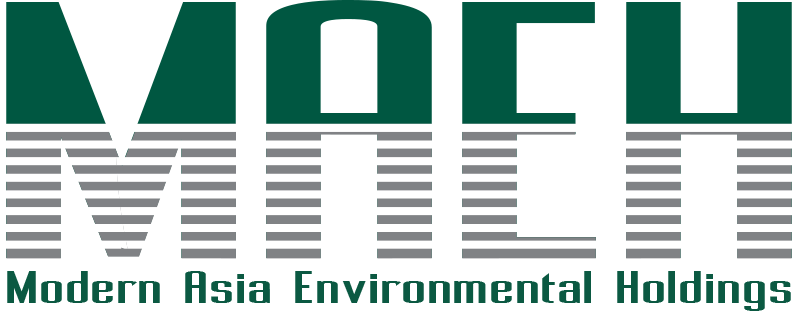TOXIC WASTE MANAGEMENT & DISPOSAL SERVICES
MAEH offers the best in class waste management services for collection, incineration, transport, treatment, disposal and recycling of toxic industrial waste and other materials. It is important that high standards are maintained throughout the entire waste management procedure in order to minimise the impact on our environment. Good waste management solutions will give us cleaner and healthier environments, improved living conditions and sustainable business models.

Waste Collection
Our waste collection services incorporate the highest quality checks and are compliant with the necessary regulations and are supported by our highly efficient Collection and Transportation Support Team to ensure that your waste is collected in a proper and safe manner.
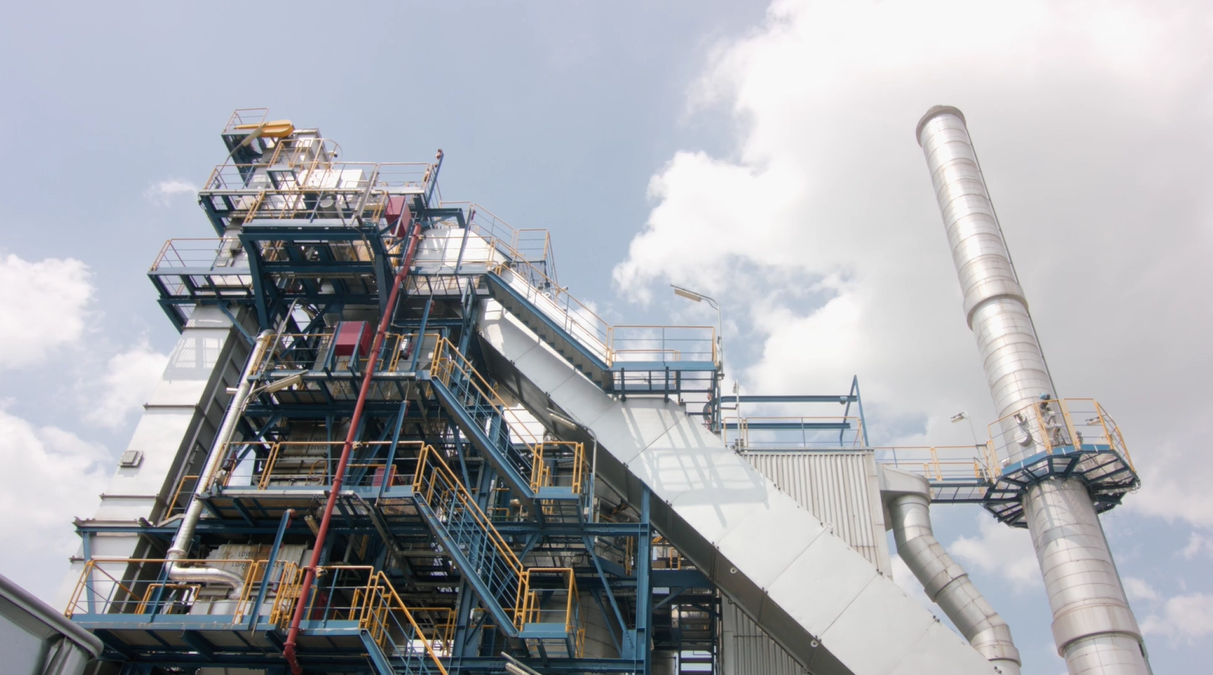
Waste Incineration
Incineration is used mainly in the treatment of hazardous organic liquid and solid wastes, which cannot be economically treated via other methods. MAEH has an on-site rotary kiln incinerator manufactured by ABB/Alstom that is regularly maintained to ensure optimum safety and operation standards.

Biological Wastewater Treatment
This kind of wastewater treatment is generally done using efficiently designed Sequencing Batch Reactors to allow industrial effluents to be disposed of without endangering human health or causing unacceptable damage to the natural environment. MAEH’s wastewater treatment consists of a combination of physical, chemical, and biological processes to remove solids, organic matter and sometimes, nutrients form wastewater, until the accepted regulation parameters are met.
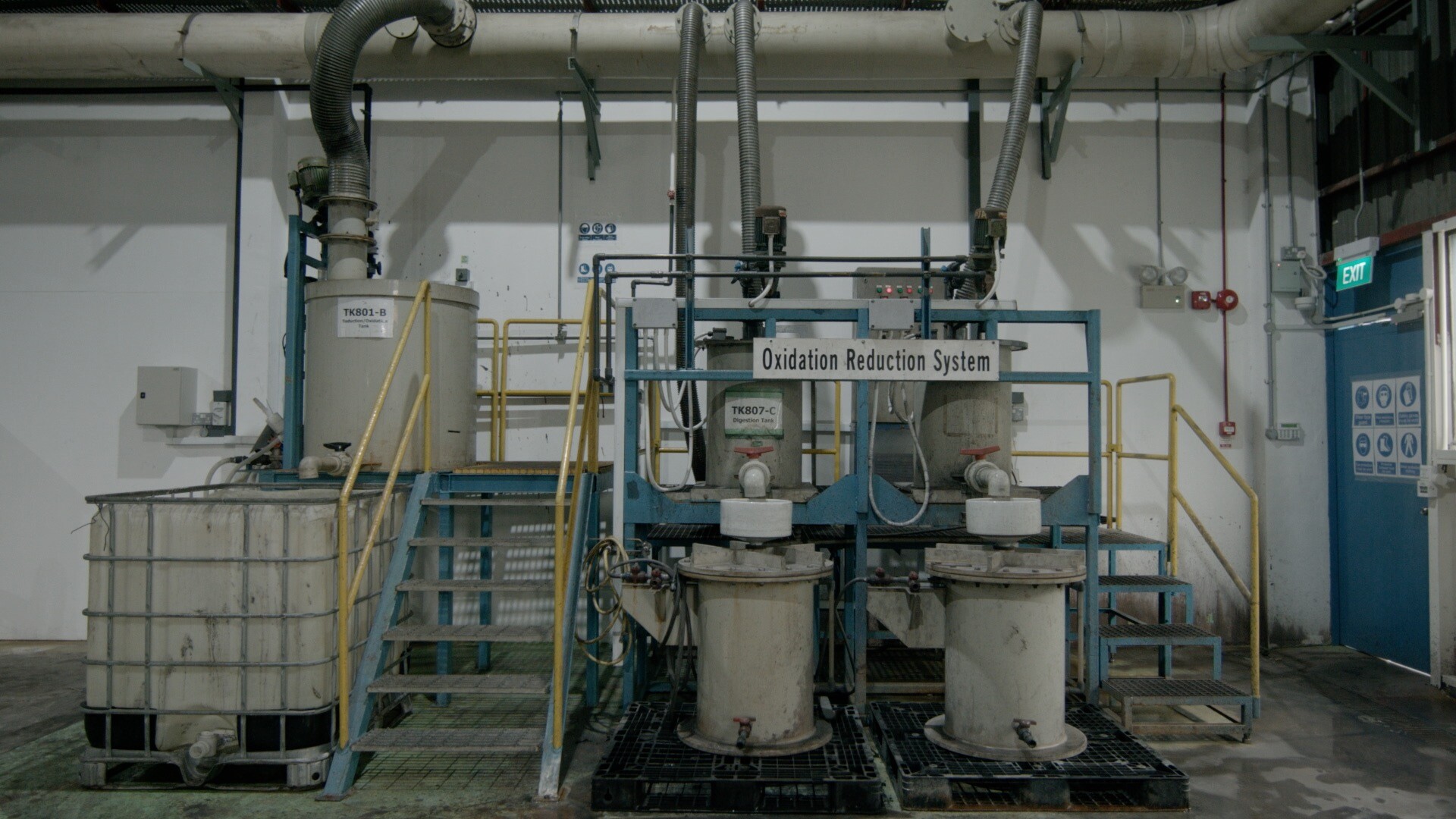
Physical Chemical Treatment
Current methods for the treatment of inorganic liquid waste are being used in MAEH. Each process is customised to match the different characteristics of the waste, which include corrosive, reactive, and oxidising substances, or a combination of these. MAEH also recovers metal hydroxides from spent etchant waste.

Solidification and Stabilisation
Solidification and stabilisation is a widely used treatment for the management or disposal of a broad range of contaminated media and waste, particularly those contaminated with substances classified as hazardous. This treatment involves mixing a binding reagent into the contaminated media or waste, and is an important step in protecting human health and the environment by immobilising contaminants within the treated material. Solidification and stabilisation is a pre-treatment process before the waste is sent for incineration or to be placed in modern eco-landfills.
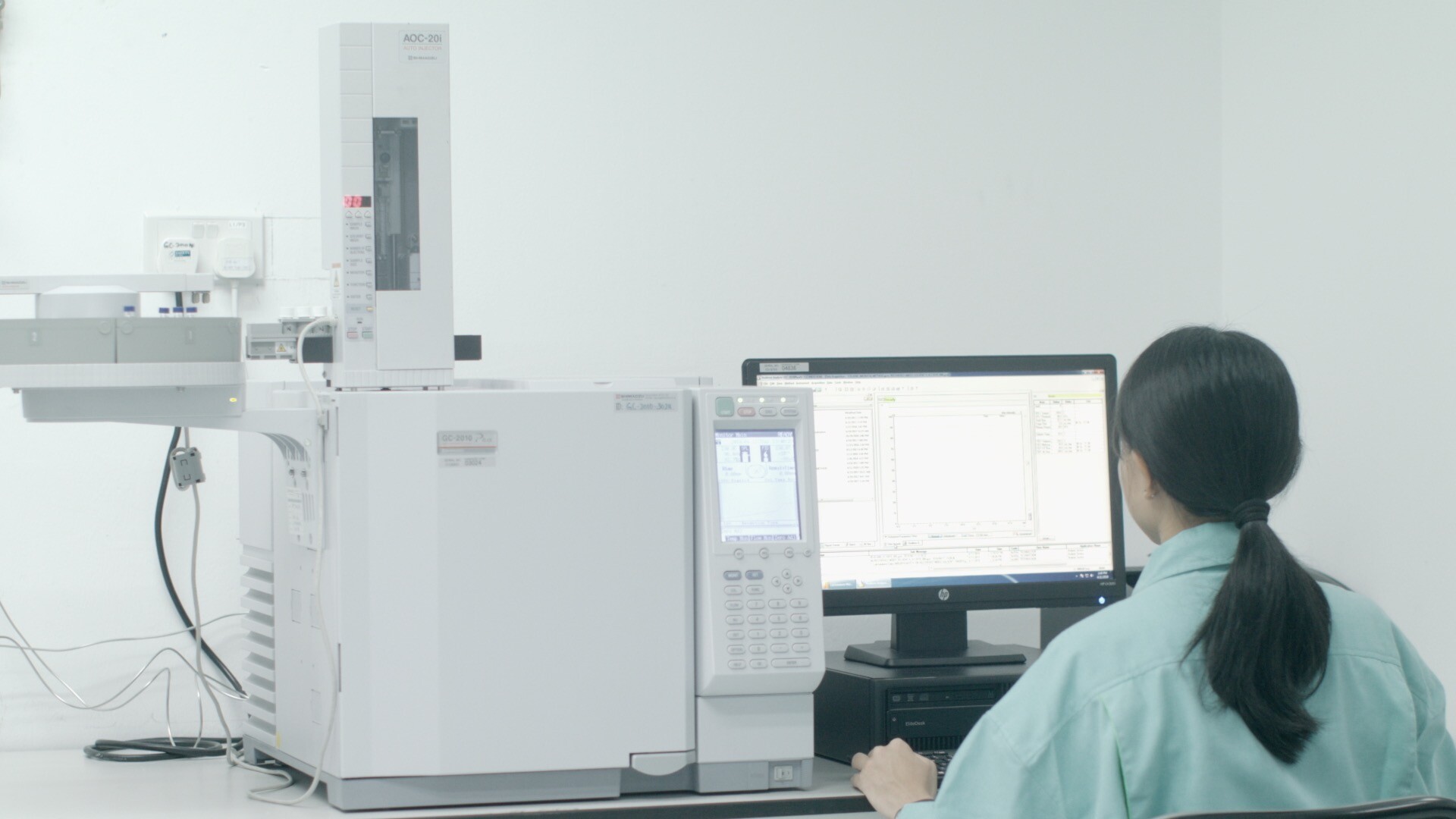
Recycling and Recovery
Part of our responsibility to the environment is to recycle and recover as much as possible to preserve our earth’s resources. Solvents and spent chemicals are recovered using distillation and separation process. We also conduct these services on organic waste, used oil, and other such chemicals.
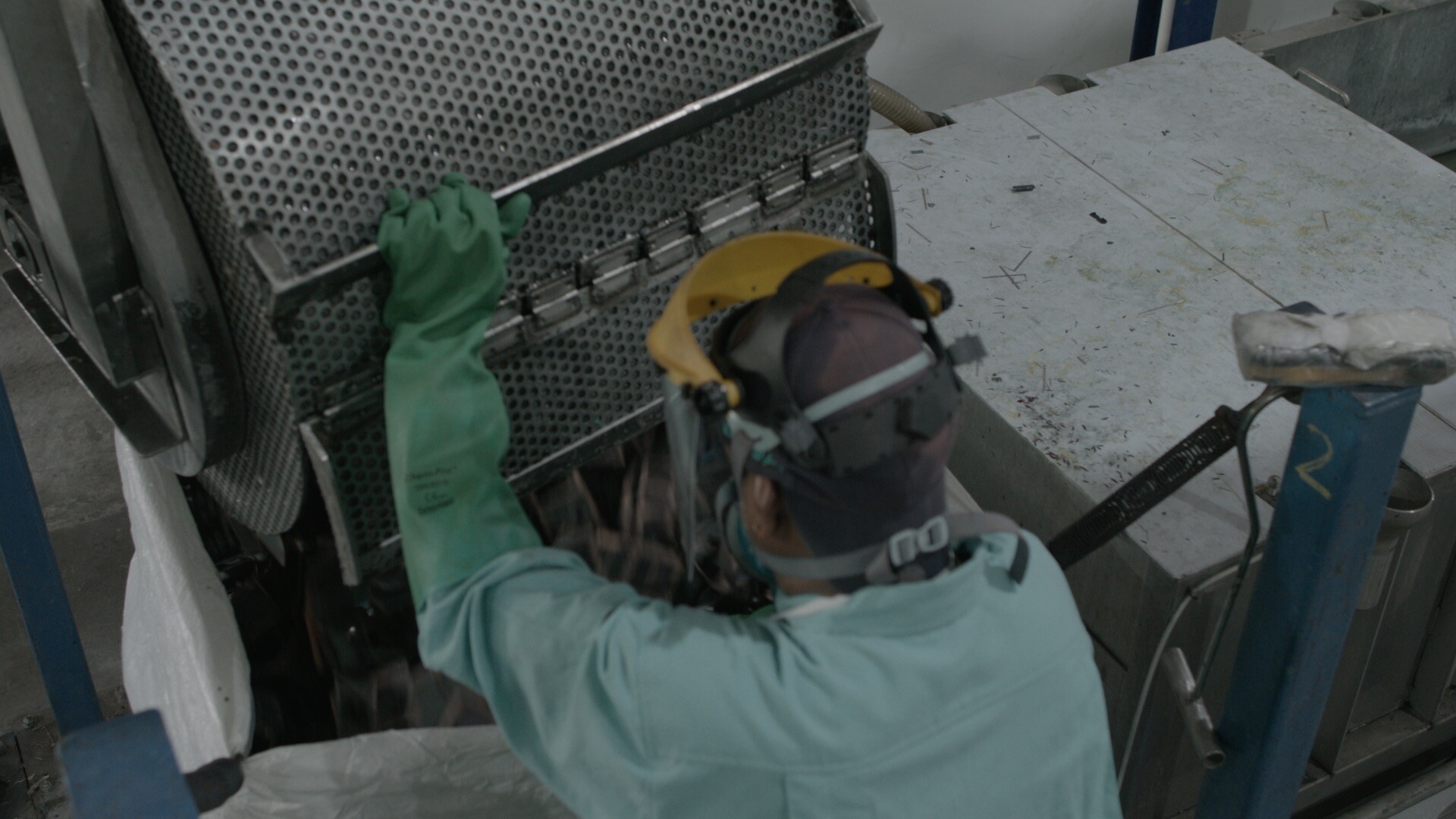
Precious Metal Refining
We offer a comprehensive recycling system ranging from the recovery and refining of used scrap metal containing precious metals to the remanufacture of those metals into products. Some of these include the recovery of gold, silver, copper, nickel and palladium.
Detailed list of Various Toxic Industrial Waste we process
• Spent Halogenated Solvent
111-trichloroethane, Methylene chloride, Perchloroethylene, Trichloroethylene, Trichlorotrifluoroethane, Chloroform
• Spent Non-Halogenated Solvent
Acetone, Acetonitrile, Dimethyl formamide (DMF), Butyl acetate, Hexane, Xylene, Ethanol, Ethylene glycol, Isobutyl ketone, Isopropyl alcohol, Kerosene, Lacquer, Ink, Turpentine, Paint, Thinner, Methanol, Methyl ethyl ketone, Methylated Spirit, N-methylene pyrodinone (NMP), Shellsol, Tetrahydrofuran (THF), Toluene, Methylene
• Spent Acid
Nitric acid, Acetic acid, Chromic acid, Citric acid, Formic acid, Hydrochloric acid, Hydrofluoric acid, Phosphoric acid, Sulphuric acid
• Spent Alkali
Ammonium hydroxide (NH4OH), Potassium hydroxide (KOH), Sodium hydroxide (NaOH)
• Di-Isocyanate (MDI), Toluene Di-Isocyanate (TDI)
• Fixer, Developer, Bleaching solution, Photoresist
• Spent etching solutions containing Ammonia, Cupric chloride, Copper, Ferric chloride, Cyanide, Gold, Silver
• Hydrogen peroxide
• Empty container previously used for Hydrogen peroxide, Solvents, Acid and Alkali
• Obsolete laboratory chemicals
• Obsolete/abandoned pesticides, herbicides and fungicides
• Plating effluents and residues containing Copper, Cyanides, Nickel, Silver, Tin, Tin-lead, and Zinc
• Spent oil water emulsion
• Oil sludge (From inland storage tank)
• Used hydraulic oil and lubricating oil
• Waste rags, wipes and absorbent material contaminated with oil, chemical and solvent
• Wastes and by-products from production, formulation and use of adhesives, dyes, inks, lacquers, latex, paints, pigments, plasticisers, resins, varnish, styrene monomer
• Waste solid/liquid polymers and monomers excluding Aromatic Chlorinated Compounds
• Solder waste containing Lead or Tin oxide
• Metallic Sludge
• Waste Lead-acid batteries, whole or crushed
• Pathogenic, Pharmaceutical and Cytotoxic wastes from Clinics, Hospitals, Healthcare Institutes and Establishments
• Other Toxic Industrial Wastes as Approved on A Case-by-Case Basis
